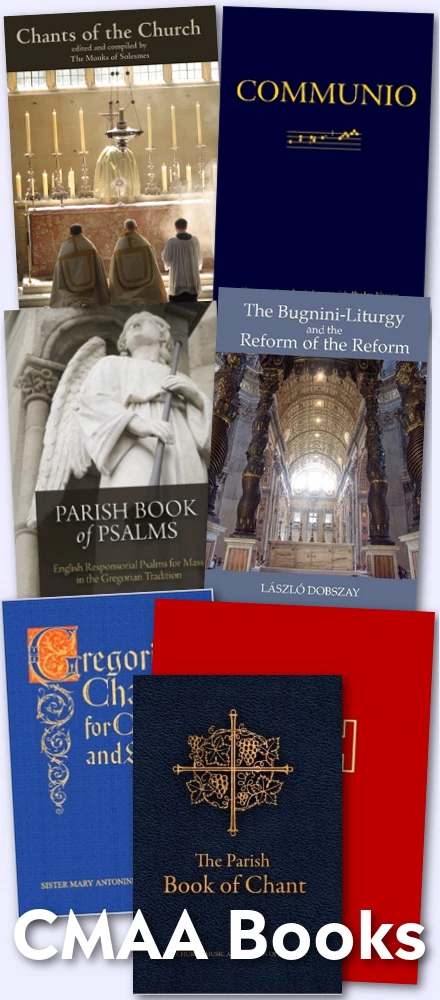This weekend, on the 24th Sunday in Ordinary Time, the Communion Antiphon is the Qui Vult:
This communio is very special indeed. Its economy is notable. It is a beautiful tune in a very short space, covering a very wide range, and with some interesting modulations and tensions. Most of all what we find here is an unmistakable forward motion that befits the text: If a man wish to come after me, let him deny himself and take up his cross and follow.
As a first mode chant, its tonal center is RE but other than the first phrase, the chant doesn't dwell in this resting place. It always seems to be headed somewhere else. Notice its midpoint on MI, which creates a musical question of what is to follow. We move up a fourth to the LA to sing about the cross, again with moving force.
We arrive at the last phrase, which is the most intriguing. In three words, we reach from the highest point in this chant to it lowest, nearly an entire octave. But notice the last musical phrase. Instead of going RE ME RE, as we might expect in a communion chant, it dips down to DO. It is a vocally interesting passage because we don't often encounter this sound at the end of a chant.
We might say that this musical turn it is unexpected. A surprise. We have traveled a direction that we might not have anticipated. The singer even notices a near loss of breath. It is a subtle but powerful effect. If we follow Christ we must be prepared to go places that are unusual, places that do not fit in with our plans, places that are unfamiliar. But they always end in our true home.
Here is a clean edition with Psalms, for your downloading pleasure, courtesy of Richard Rice and the CMAA.




















